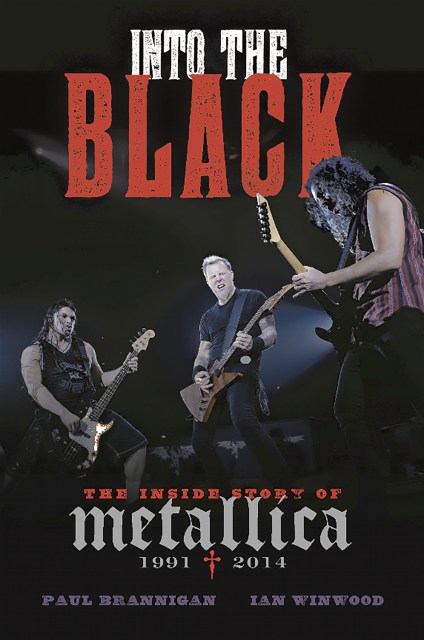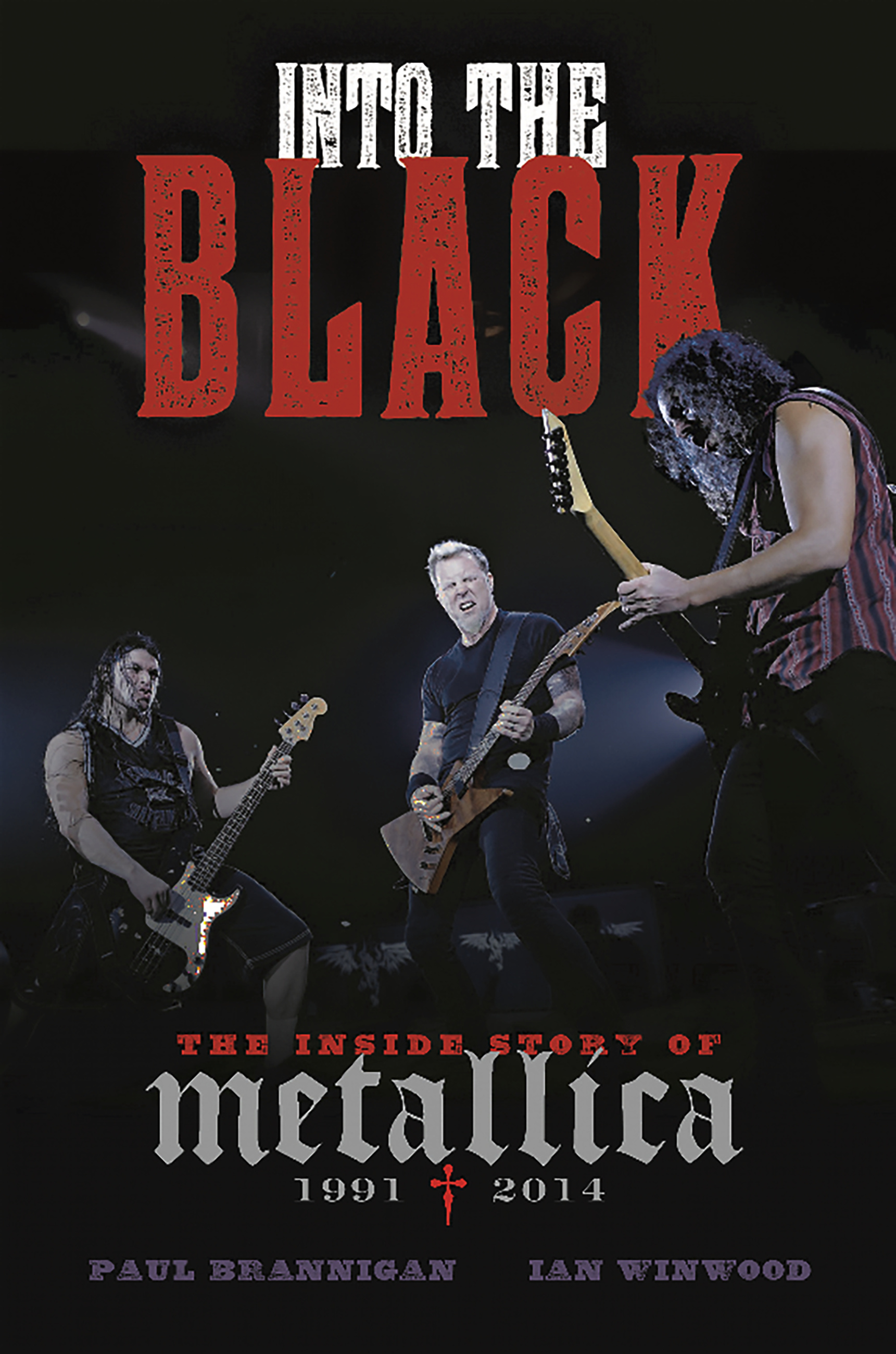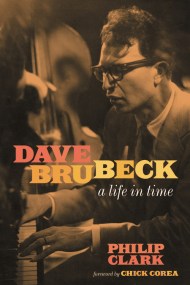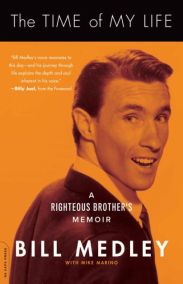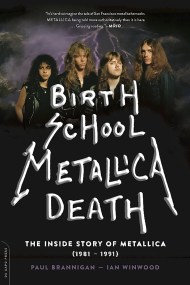Promotion
Use code MOM24 for 20% off site wide + free shipping over $45
Into the Black
The Inside Story of Metallica (1991-2014)
Contributors
By Ian Winwood
Formats and Prices
Price
$26.99Format
Format:
- Hardcover $26.99
- ebook $13.99
This item is a preorder. Your payment method will be charged immediately, and the product is expected to ship on or around November 4, 2014. This date is subject to change due to shipping delays beyond our control.
Also available from:
But with such enormous success came new challenges, as Metallica ran the risk of alienating their original fan base. They were beset by controversy over musical stylistic shifts, supposed concessions to the mainstream, even their choice of haircuts.
During this transformative era, journalists Paul Brannigan and Ian Winwood had unprecedented access to Metallica. They accompanied the band on tour and joined them in the studio, getting exhilarating eyewitness views into the belly of the beast. Together they amassed over 75 hours of interview material, much of it never in print before now.
Through changes both musical and personal, Metallica struggled to maintain their identity and remain a viable creative force. A ferocious battle with the file-sharing company Napster saw the quartet attract the worst PR of their career. Meanwhile, communication breakdowns between James Hetfield, Lars Ulrich, Kirk Hammett, and Jason Newsted (who would leave the band in 2001) led to fierce internal arguments, as laid bare in the controversial documentary Some Kind of Monster.
At the end of the century, Metallica had appeared to be a band teetering on the brink of self-destruction, but through setbacks and struggles they endured and thrived. From Load, Reload, and Garage, Inc. to the stunning return to form in Death Magnetic and the massive tours that accompanied them-including the real story behind the Big Four shows-Into the Black takes readers inside the heart of Metallica and concludes the saga of one of the greatest rock bands of all time.
Genre:
- On Sale
- Nov 4, 2014
- Page Count
- 312 pages
- Publisher
- Da Capo Press
- ISBN-13
- 9780306821882
Newsletter Signup
By clicking ‘Sign Up,’ I acknowledge that I have read and agree to Hachette Book Group’s Privacy Policy and Terms of Use
